Lesson 1: The immortal flame between the ancient citadel and the parallel line
Amidst the endless flow of time, the land of Quang Tri is like a living chronicle, where each bloody and heroic page of history blends with the immortal belief in freedom and unity. From the moss-covered walls of the Citadel, where the cool breeze still echoes the proclamation of the country, to the peaceful appearance of Hien Luong Bridge spanning the 17th parallel, every step along the banks of the Thach Han and Ben Hai rivers depicts the indelible mark of a resilient nation. Let's turn to that heroic page of history, to deeply feel the noble sacrifices of many generations of predecessors, and from there, cherish every moment of peace today.
Quang Tri Citadel Victory - Immortal Epic
When coming to Quang Tri, the space here appears with a rich history filled with indelible marks. Beside the gentle Thach Han River, Quang Tri Ancient Citadel exists with its ancient beauty, exuding the power of revolutionary heroism, imbued with the nation's desire for freedom and independence. Each step through the relic gate opens a page of history full of emotion, a place that witnessed a fierce war lasting 81 days and nights (from June 28 to September 16, 1972).
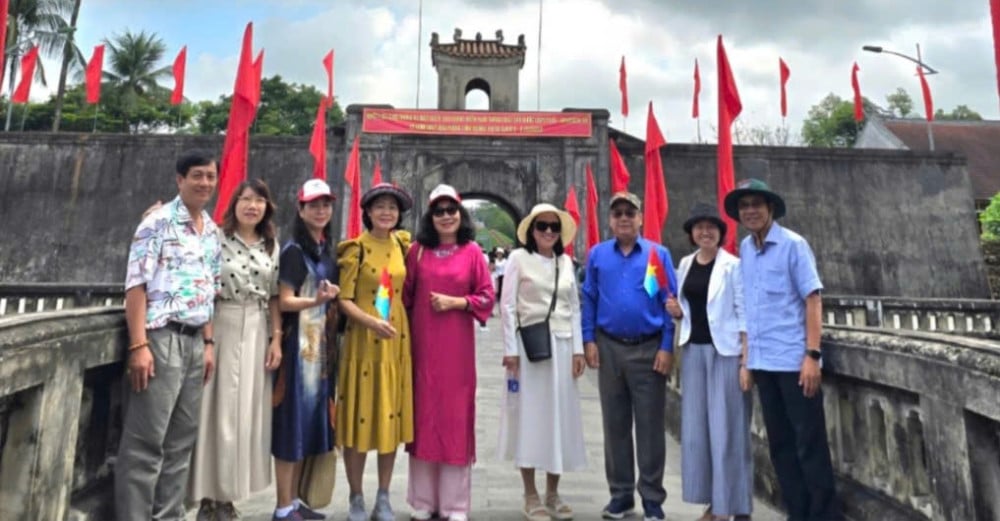
Quang Tri Ancient Citadel
Quang Tri Ancient Citadel, with its ancient mossy walls, has marked the pain and loss of the nation. Every brick, every inch of land here contains the blood, bones and souls of outstanding children, becoming the eternal resting place of countless comrades. The gentle Thach Han River flows slowly, embracing in its heart the immortal souls. Not only is it a historical witness, the river is also the "Eternal Cemetery River" of thousands of liberation soldiers and Quang Tri people who heroically sacrificed for the independence and freedom of the Fatherland. Perhaps that is why the author Pham Dinh Lan, a soldier who fought here, when returning to visit the old battlefield, could not help but be moved and wrote these choked verses in the poem "An Inch of Land of the Ancient Citadel": "Step lightly and speak softly/ Let my comrades lie peacefully under the grass/ The sky of Quang Tri is blue and windy/ Lull the immortal song forever". The verses are like a gentle yet poignant reminder of the respect needed when standing on this sacred land, where heroes have incarnated into the mother earth, so that the wind and sky of Quang Tri will forever lull an immortal song about courage and sacrifice.
Monument to the martyrs in the Citadel
Standing in front of the memorial of the heroic martyrs in the Citadel, none of us could help but be moved. The names of thousands of the nation's outstanding sons have fallen here, forever twenty years old. They have devoted their youth and their lives to the Fatherland. Their noble sacrifice has added more color to the red flag, bringing us a peaceful and free life today. Respectfully offering incense, remembering the departed souls, each of us deeply felt the loss and courage of the heroes. In the midst of the silent, sacred space, the verses of "Offering Incense" by a member of our group gently resounded, each word clearly, like a sincere gratitude:
"The spirits of the mountains and rivers gather here
Respectfully offer incense to this sacred place
Quang Tri ancient citadel filled with incense
Half a century of deep sleep
Blood and bones dissolve into the earth
The heroic spirit sparkles with the clouds
Achievements recorded in history
"So that Vietnam can be together forever" - (Author: Thuy Ha)
All of them told themselves to engrave in their hearts that noble sacrifice and to always remind the next generations to cherish, be proud of and promote the heroic tradition of the nation. Quang Tri Ancient Citadel is not only a historical relic but also a vivid reminder of the value of peace and the indomitable spirit of the Vietnamese people.
Now, the Citadel – a special national monument located right in the heart of Quang Tri town on the Thach Han River, is adorned with the green of the sky and peaceful grass and trees. The heroic vestiges still echo of a glorious time, a source of nurturing patriotism for today’s and future generations.
Ben Hai River, Hien Luong Bridge - Historic 17th Parallel
Leaving the sacred space of the Citadel, we continued our journey to the historic Hien Luong Bridge, spanning the Ben Hai River, the river located right at the famous 17th parallel. After more than 20 years as the boundary dividing the two regions, this place has now become a living testament to the aspiration for national reunification.
Ben Hai River with its clear water, cool air and charming scenery, further enhances the symbol of the desire for national unification of Hien Luong Bridge. Standing on Hien Luong Bridge, one of us hummed some haunting verses of a time: “Hien Luong has two streams/ People are on that side but their hearts are on this side” or “A river apart, but there is love and longing/A bridge apart, but fate is far away”… These verses are like a profound reminder of the sorrow of a time filled with suffering mixed with the desire for reunion, evoking many memories, longing and belief in the unity of an entire nation.
Hien Luong Bridge
During the war years, fierce political struggles and tireless efforts by our army and people to unify the country took place here. Besides the confrontations with guns and bullets, there were other special “wars” that were unique in the world. That was the “loudspeaker war”, which echoed through loudspeakers installed at both ends of the bridge, lasting for many years, where words and sounds became weapons to affirm will.
After the Geneva Accords of 1954, the Hien Luong Bridge across the Ben Hai River became the temporary border dividing the country in two, with a thin white line drawn horizontally in the middle to separate the two regions. The northern side of the bridge consisted of 450 planks under the control of the Northern government, while the southern side, consisting of 444 planks, was controlled by the Saigon government. In the context of division, a special struggle took place on the bridge - the "paint fight". Initially, the southern side painted its half of the bridge blue; shortly after, the northern side also painted the remaining half of the bridge blue, expressing the desire for national reunification. After that, the southern side switched to brown, and the northern side also painted brown again. And so on, every time the southern side changed the paint color, the northern side followed suit to keep the bridge a unified color. This color struggle lasted until 1960, when the two colors of blue and yellow were kept, with a white horizontal line separating the two parts of the bridge. In 1967, Hien Luong Bridge was destroyed by American bombs. The “paint fight” was not only a unique form of political struggle, but also a symbol of the Vietnamese people’s desire for national reunification during the years when the country was divided.
Along with that was the fierce "flag battle". Both sides continuously hung bigger, taller, and more solid flags, demonstrating their will and strength. The battle to protect the national flag on the bridgehead of the border lasted for 1,440 days and nights, with the enemy breaking it 11 times with bombs and bullets, but when one flagpole broke, another one rose up, standing tall in the fire and bullets as if challenging the enemy - with the spirit "As long as the heart still beats, the flag will still fly". The flag not only flew in the wind but also flew on the iron will of an entire nation that refused to submit.
On the day the country was reunited, the loudspeakers at both ends of Hien Luong Bridge, which were once tools of the “loudspeaker war” that divided the country, now joined their voices, resounding heroic songs and joyful songs, together with the people on both banks to celebrate the day of national reunification. The bridge was later restored, the flagpole at the historical site of Hien Luong Bridge was still preserved and the flag was displayed in a solemn space, as a living testament to the aspiration for unification and the indomitable spirit of the nation.
Today, the “National Unification” Festival is a national cultural and historical event, held annually on April 30 at the Hien Luong – Ben Hai Special National Monument. The “National Unification” Festival is not only an occasion to commemorate the great sacrifices of generations of fathers and brothers, but also an affirmation of the value of peace, unity, national independence, and national prosperity, which are always great aspirations of which the Hien Luong – Ben Hai River is the most distinctive symbol. That is the humanistic aspiration not only of Quang Tri people but also of the whole nation./.
(to be continued)
Truc Bach
Lesson 2: The miracle of the tunnels and the song of revival
Source: https://baolongan.vn/quang-tri-mien-dat-lua-anh-hung-ngon-lua-bat-tu-giua-thanh-co-va-dong-vi-tuyen-bai-1--a196221.html


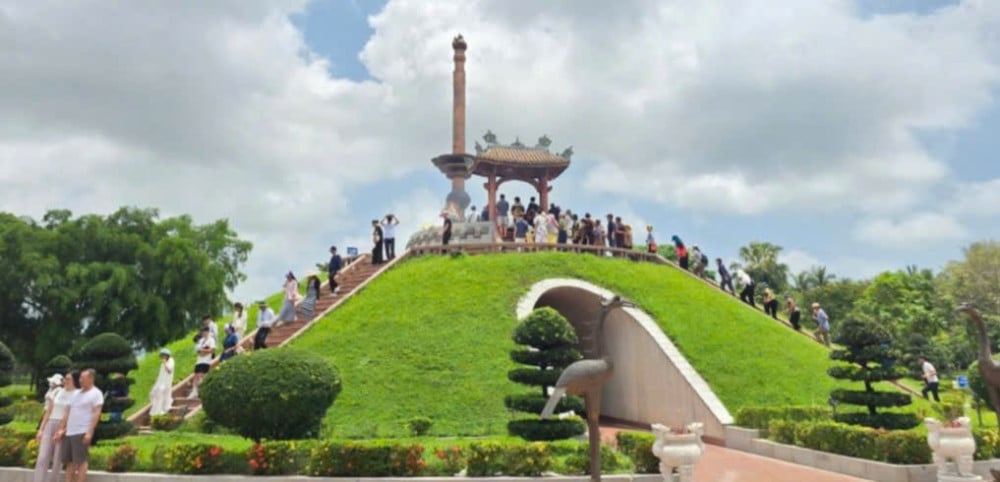
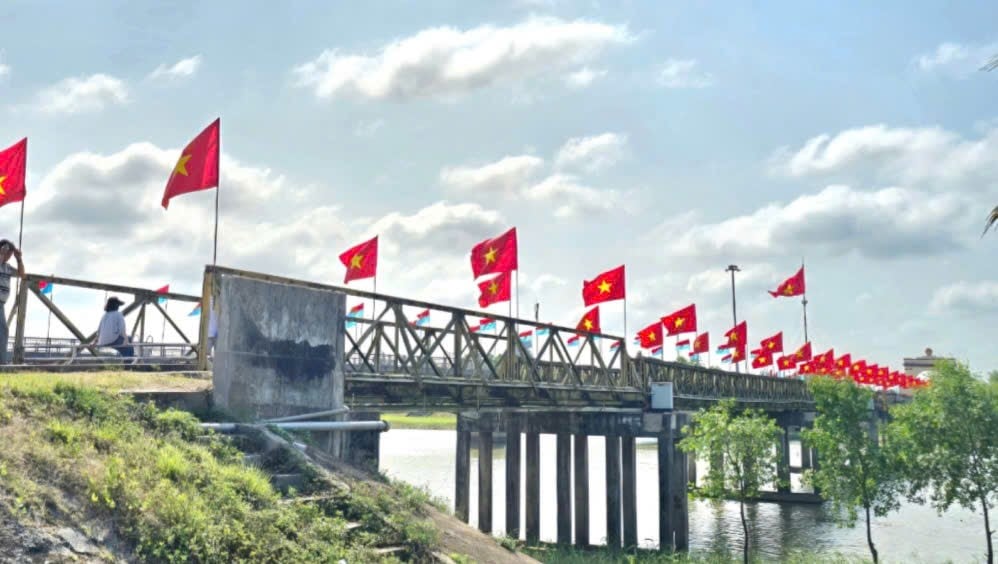
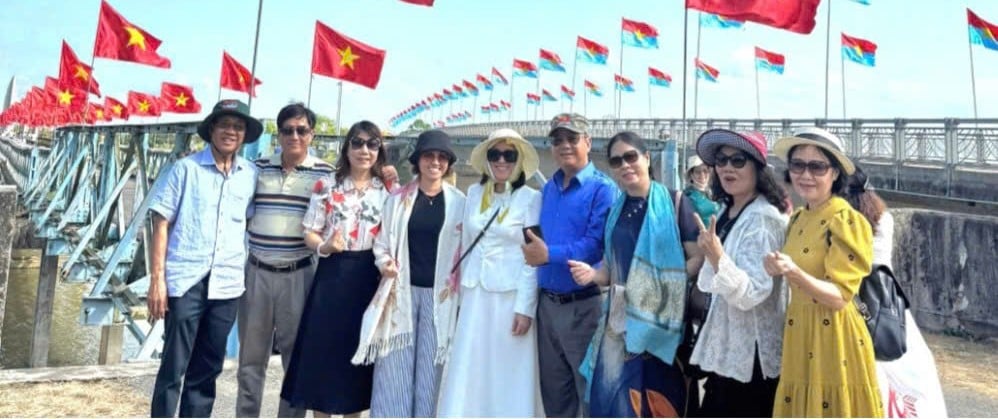
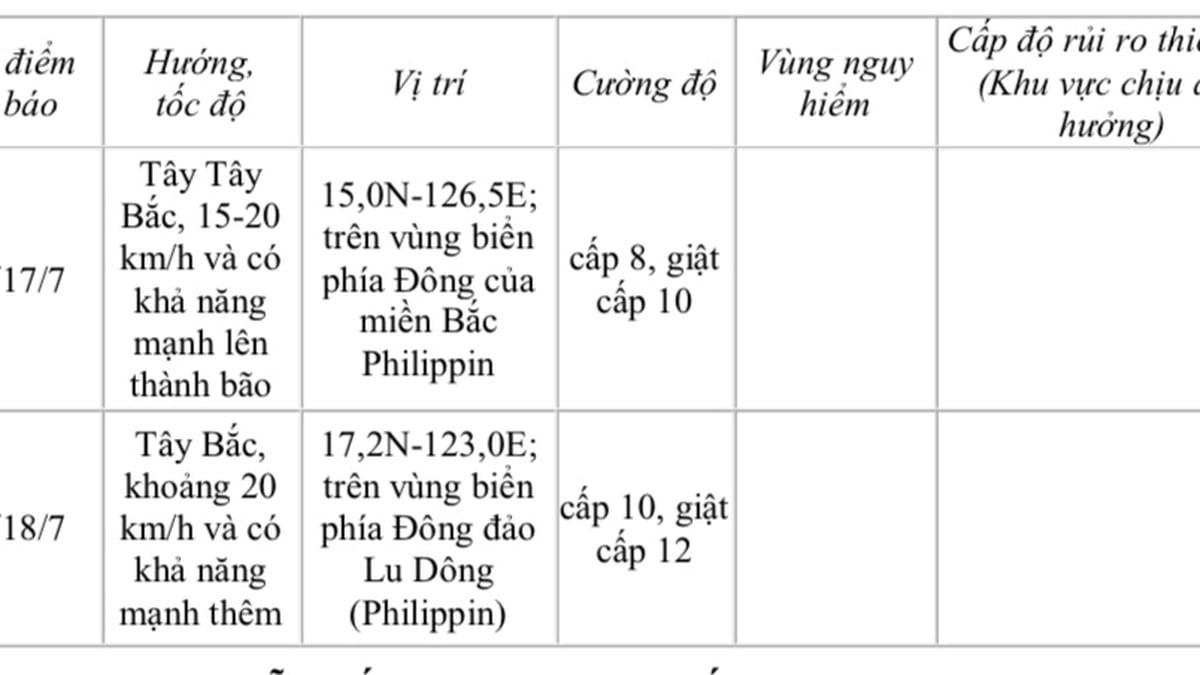
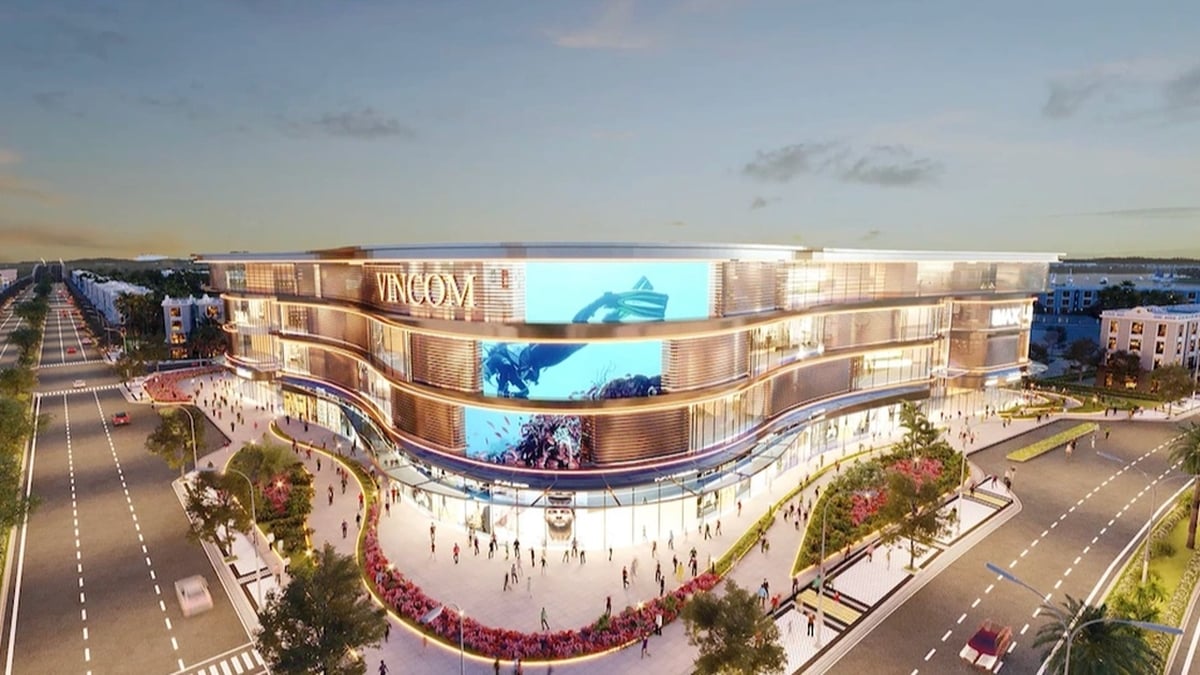
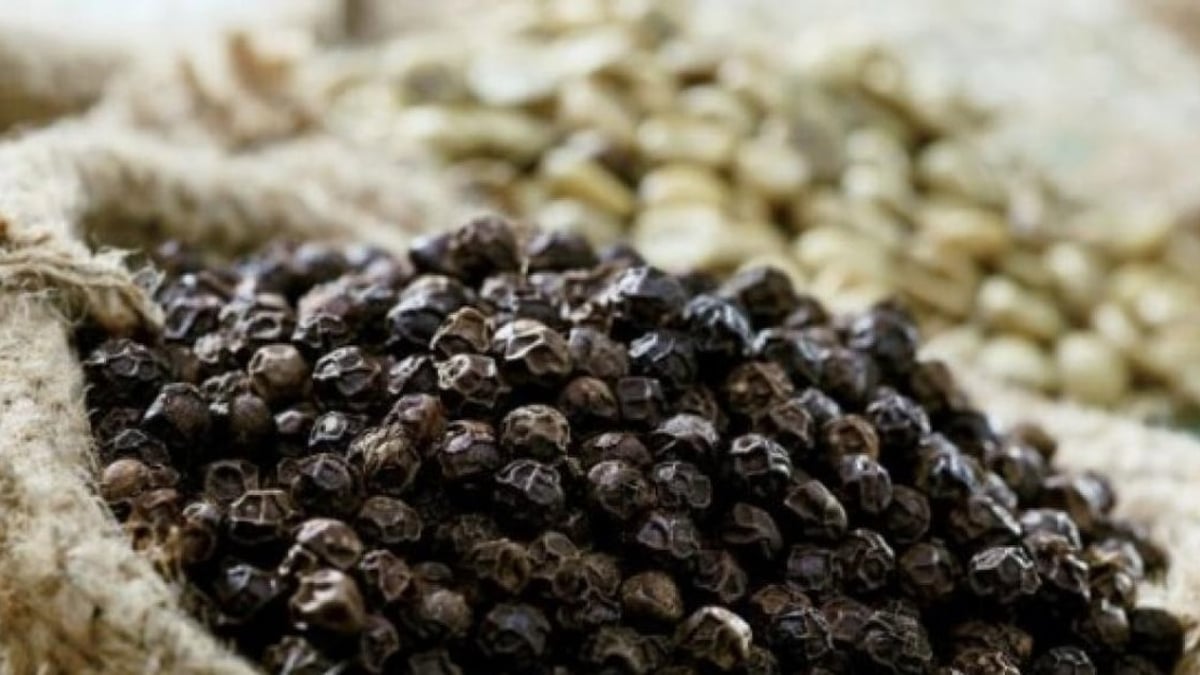
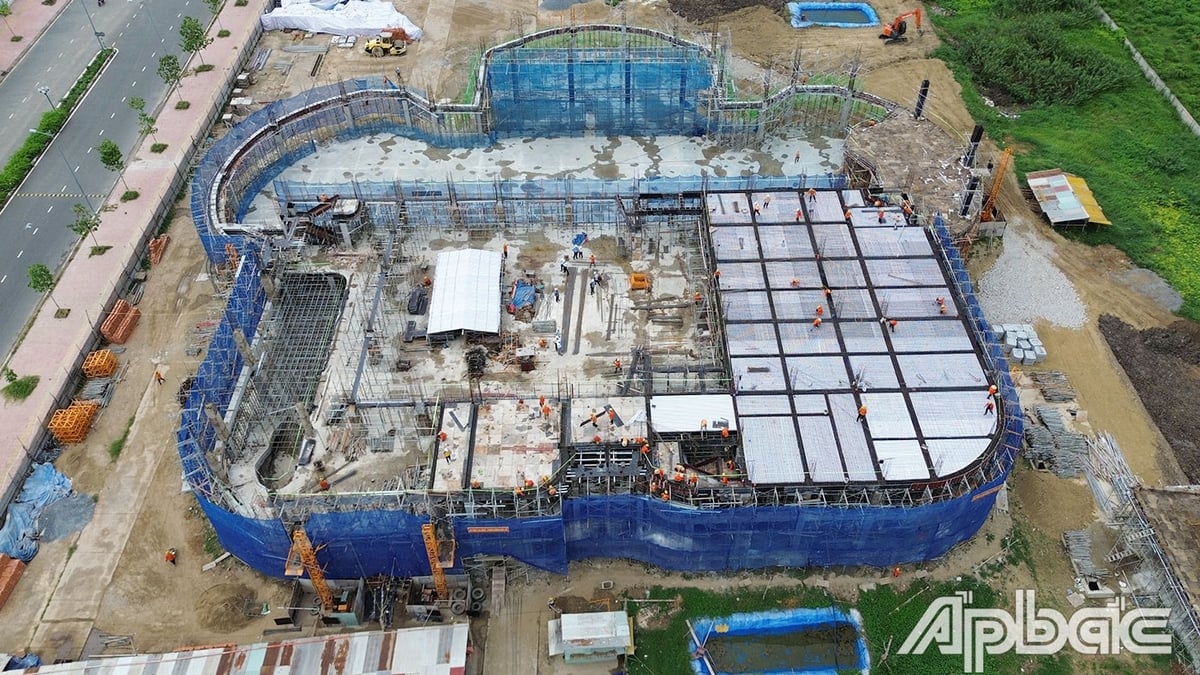
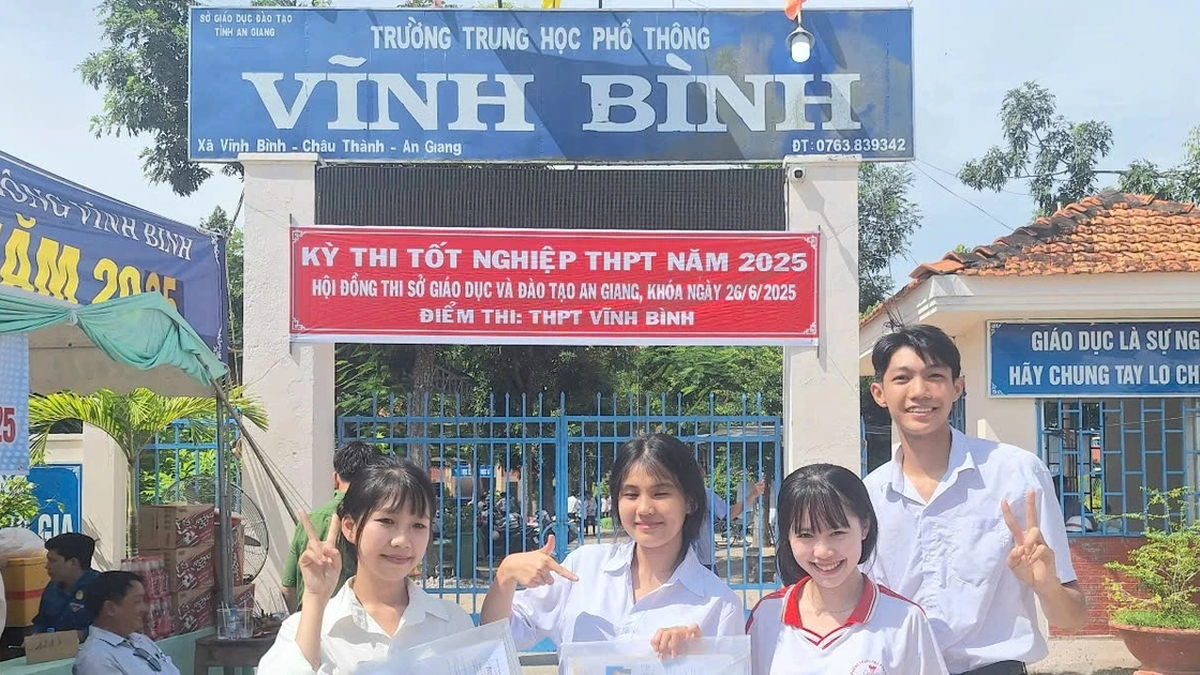
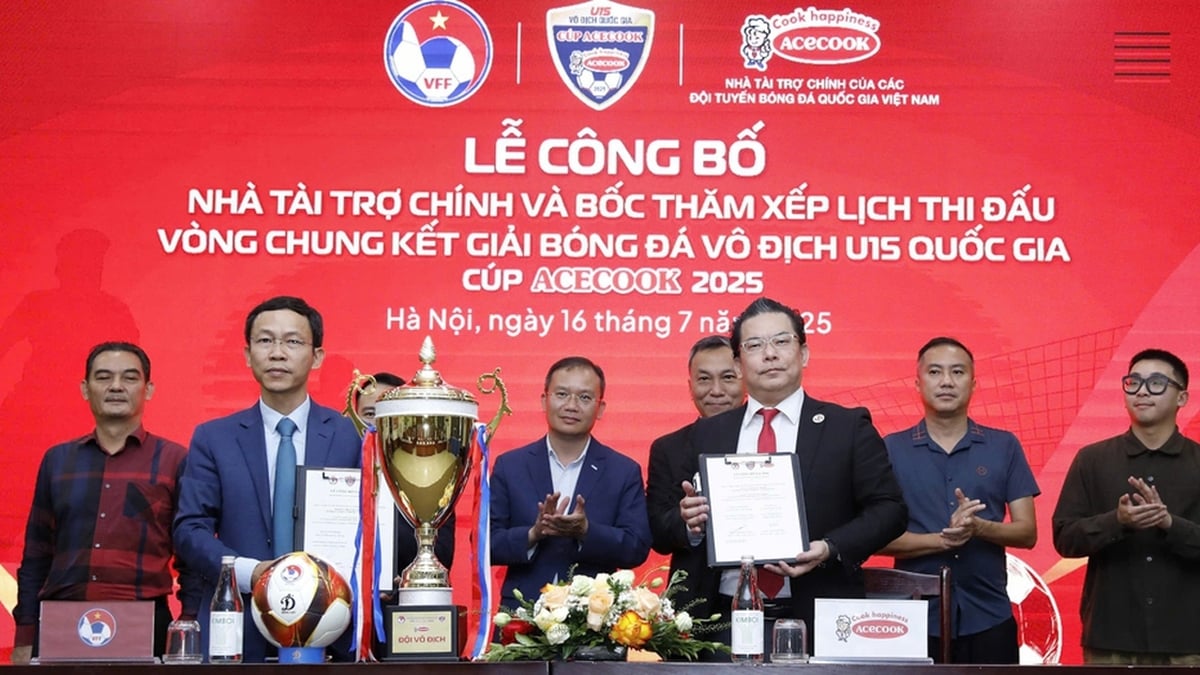
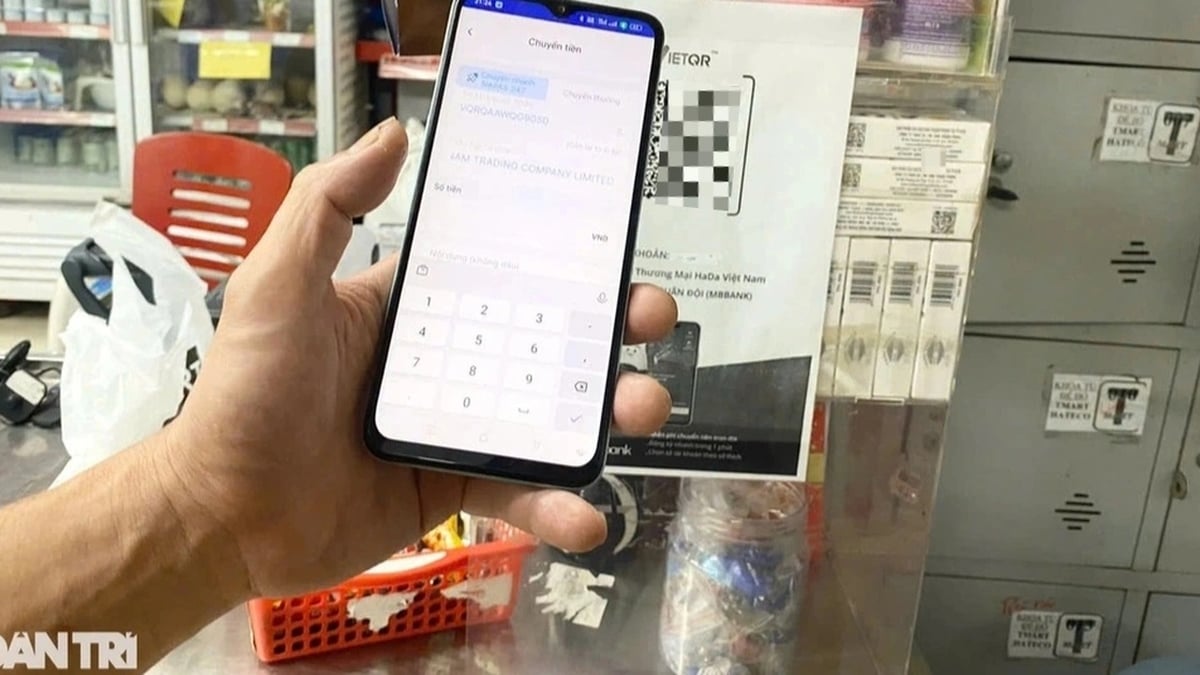
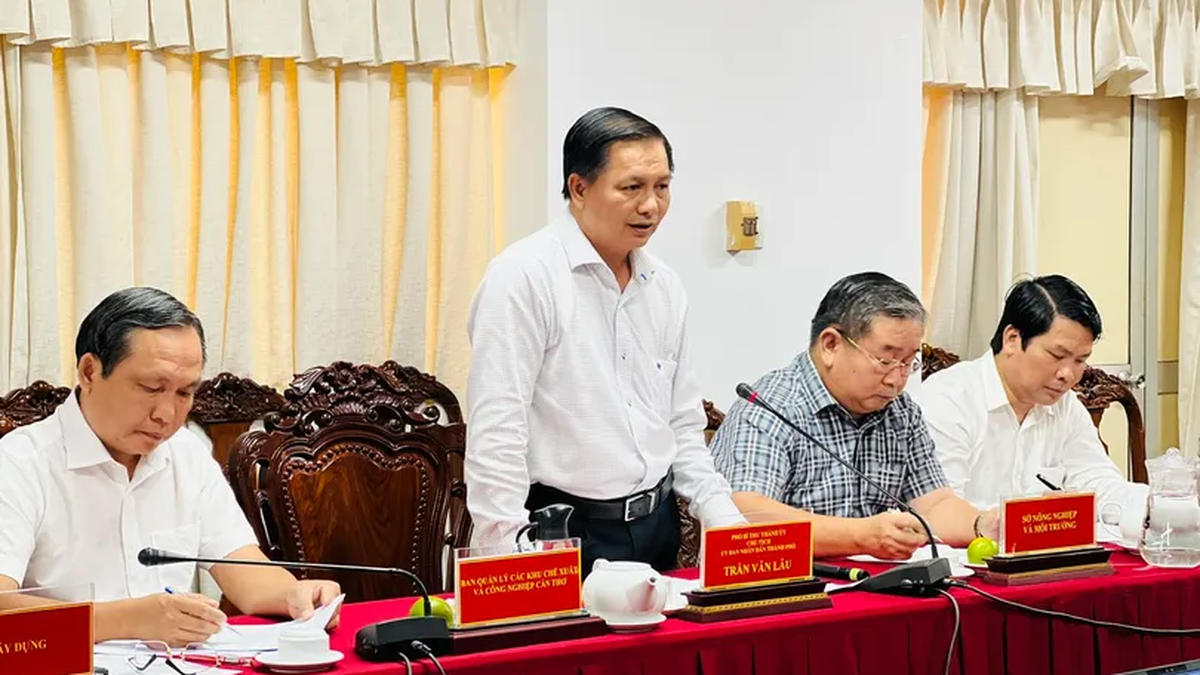
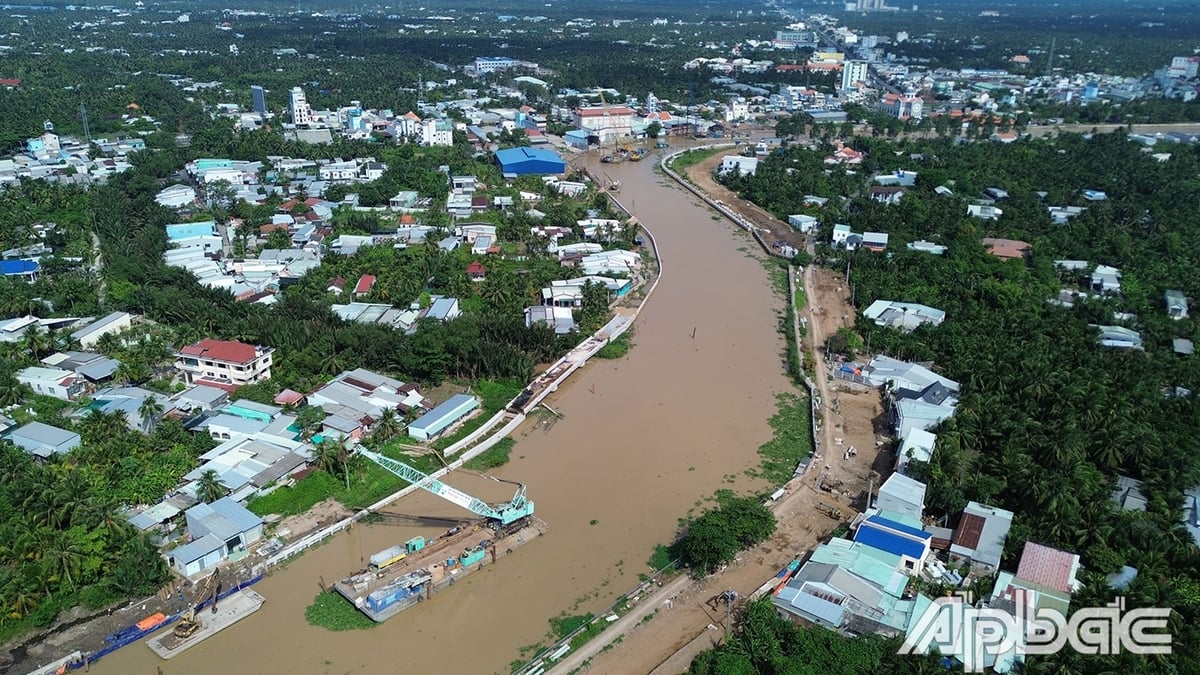










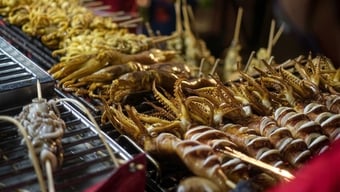
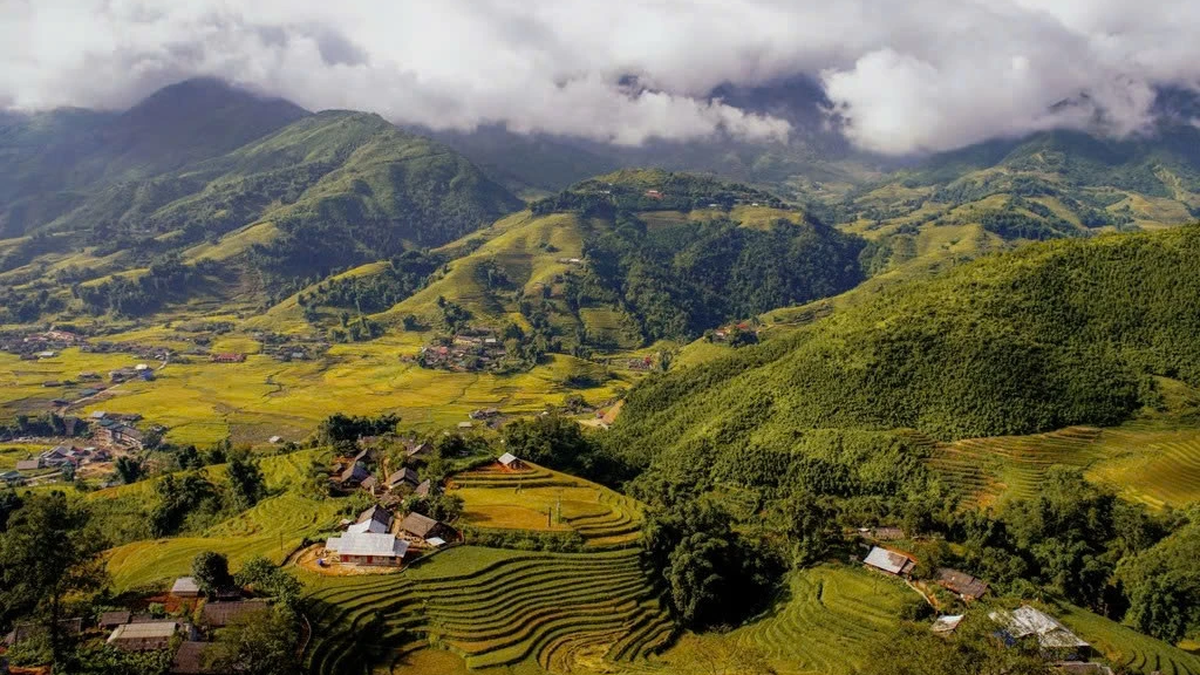

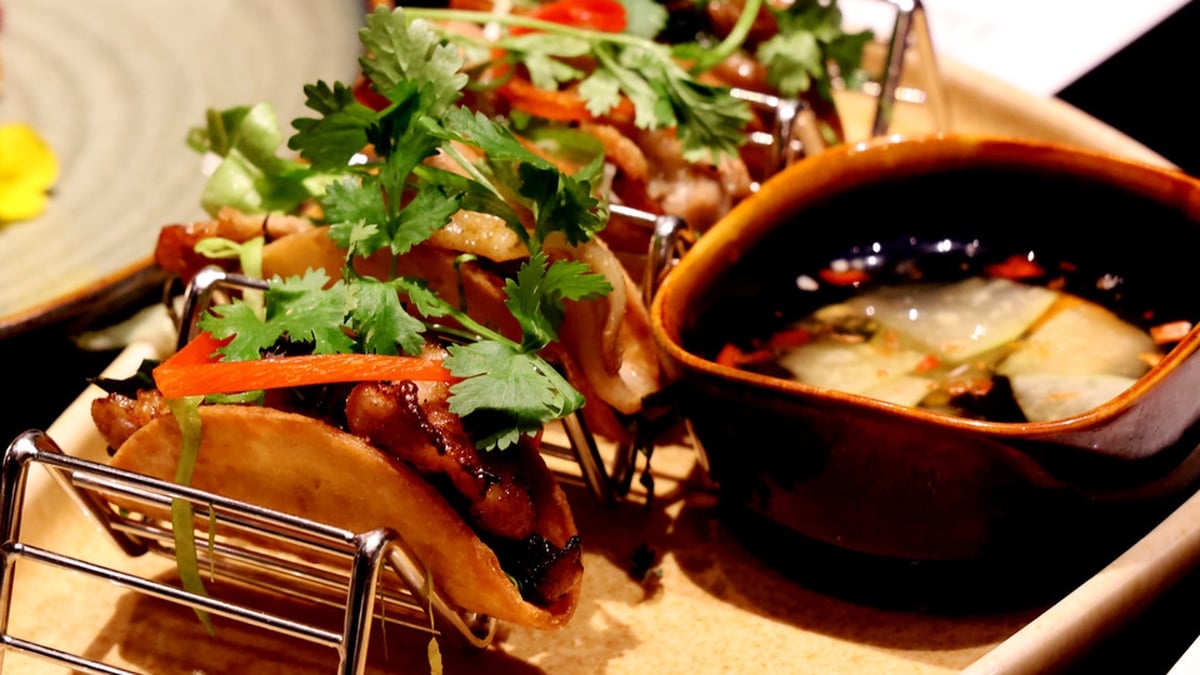


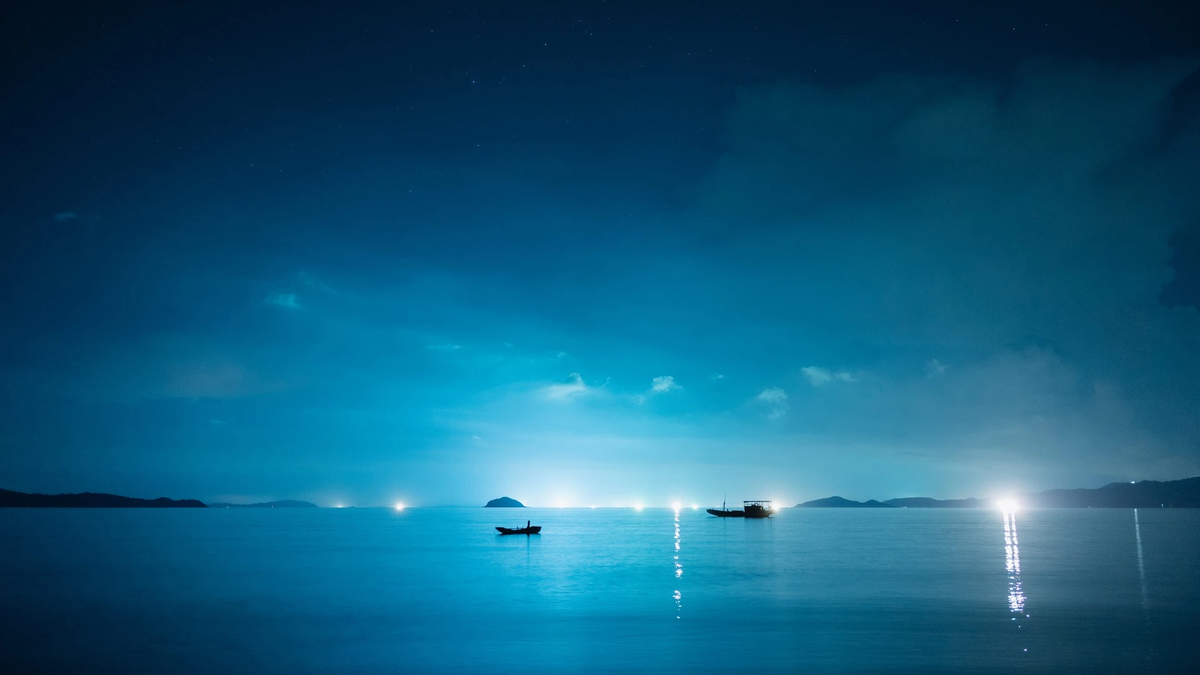
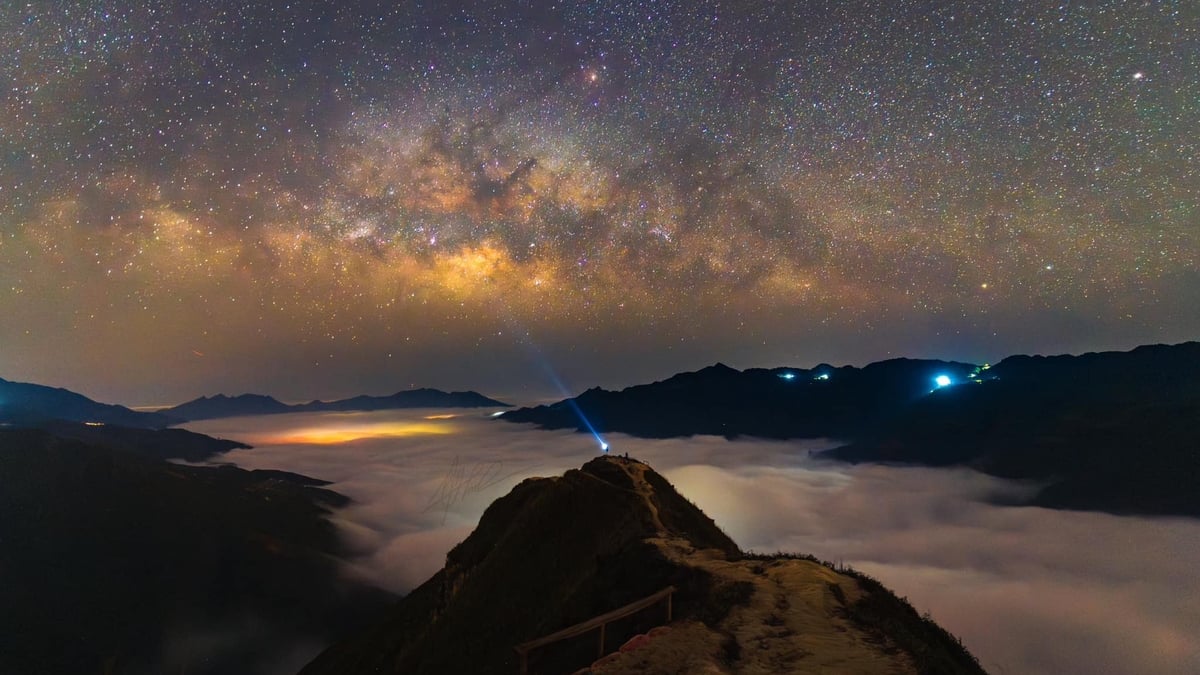
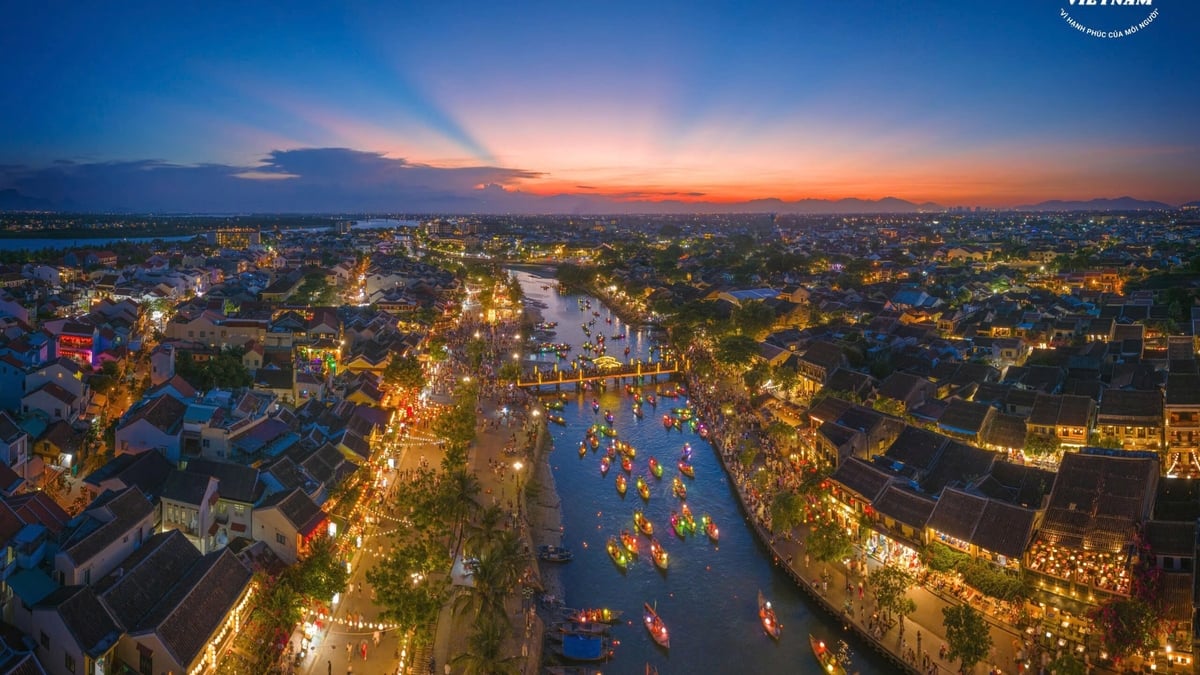

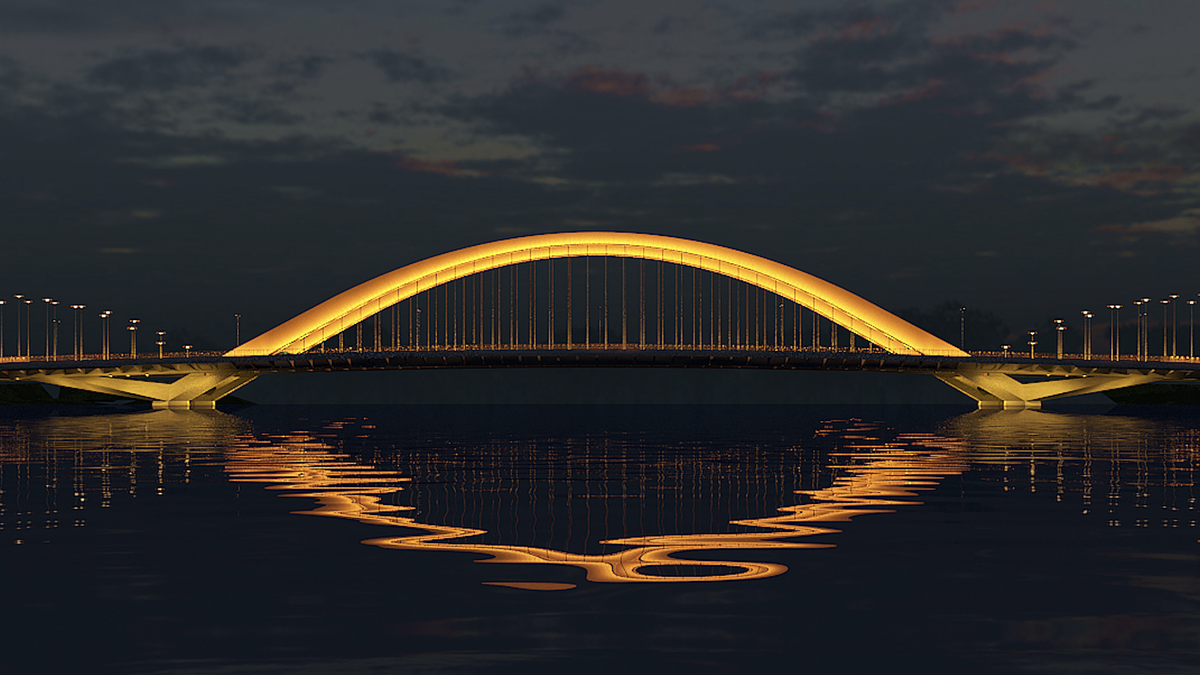
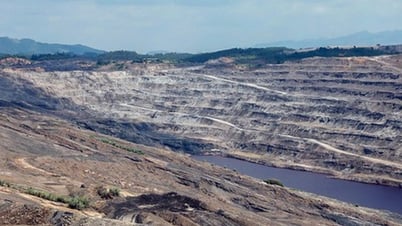

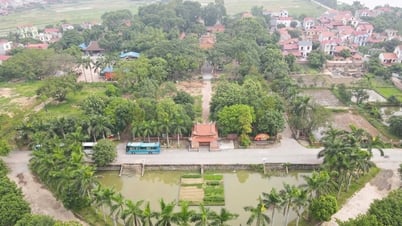

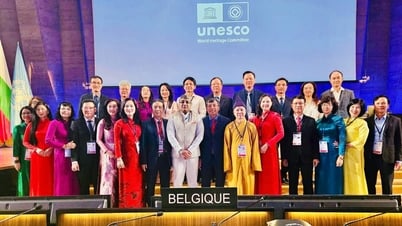

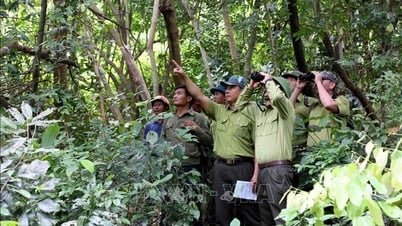

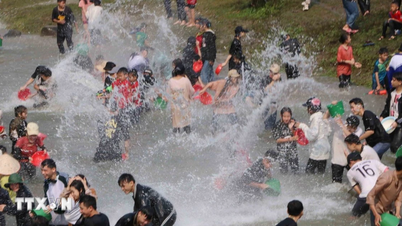

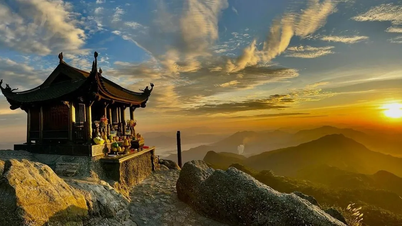

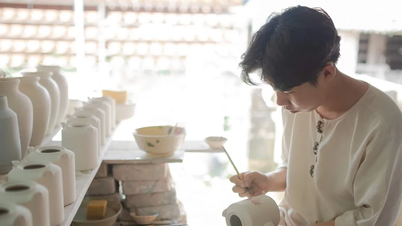
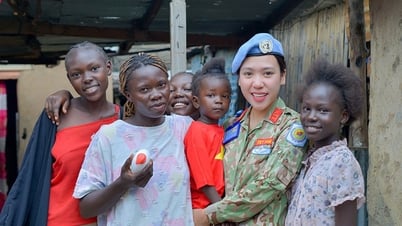



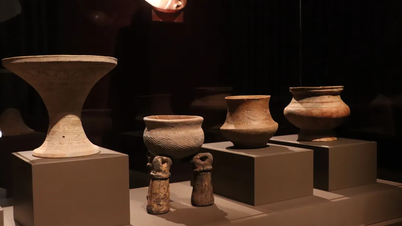


![[Maritime News] More than 80% of global container shipping capacity is in the hands of MSC and major shipping alliances](https://vphoto.vietnam.vn/thumb/402x226/vietnam/resource/IMAGE/2025/7/16/6b4d586c984b4cbf8c5680352b9eaeb0)


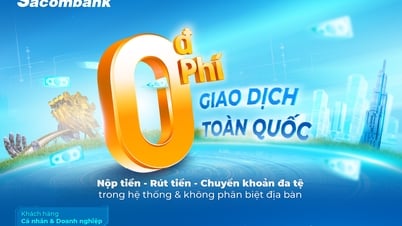

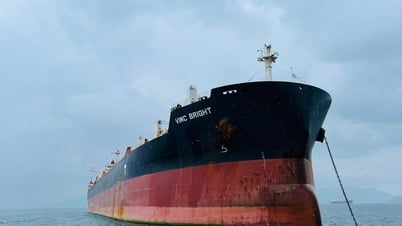
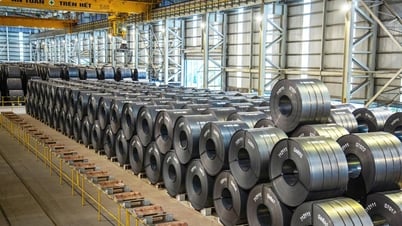
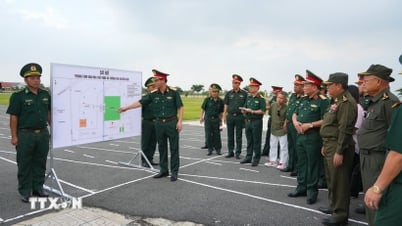

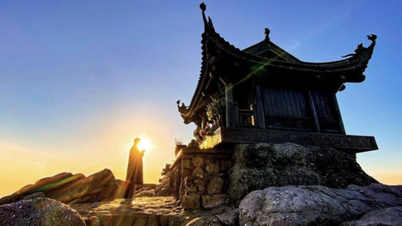
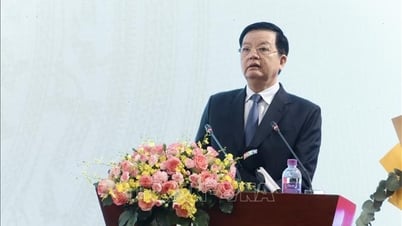
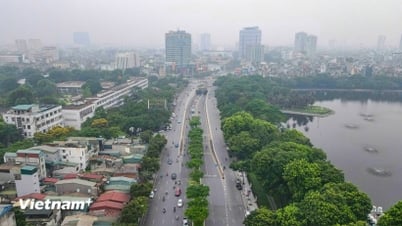

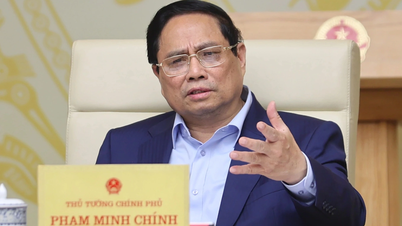
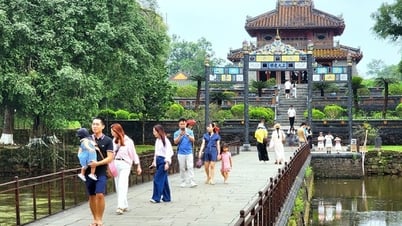

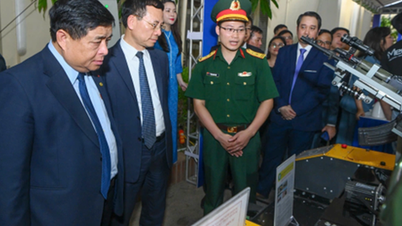


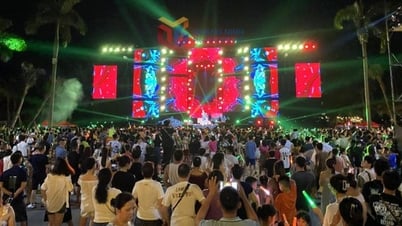
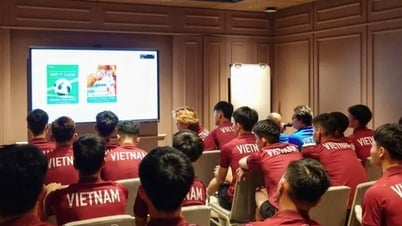
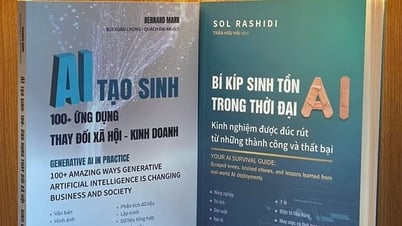







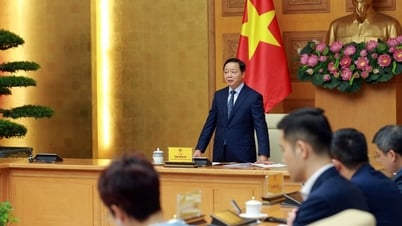

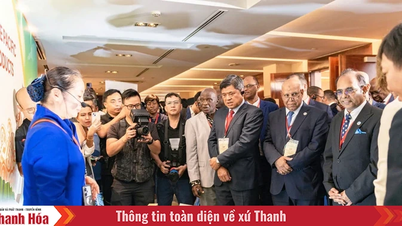

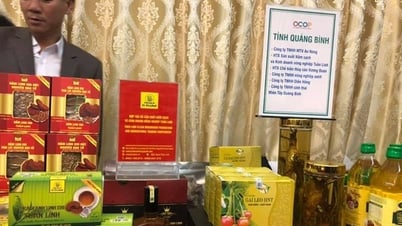



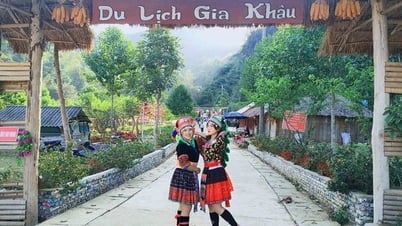





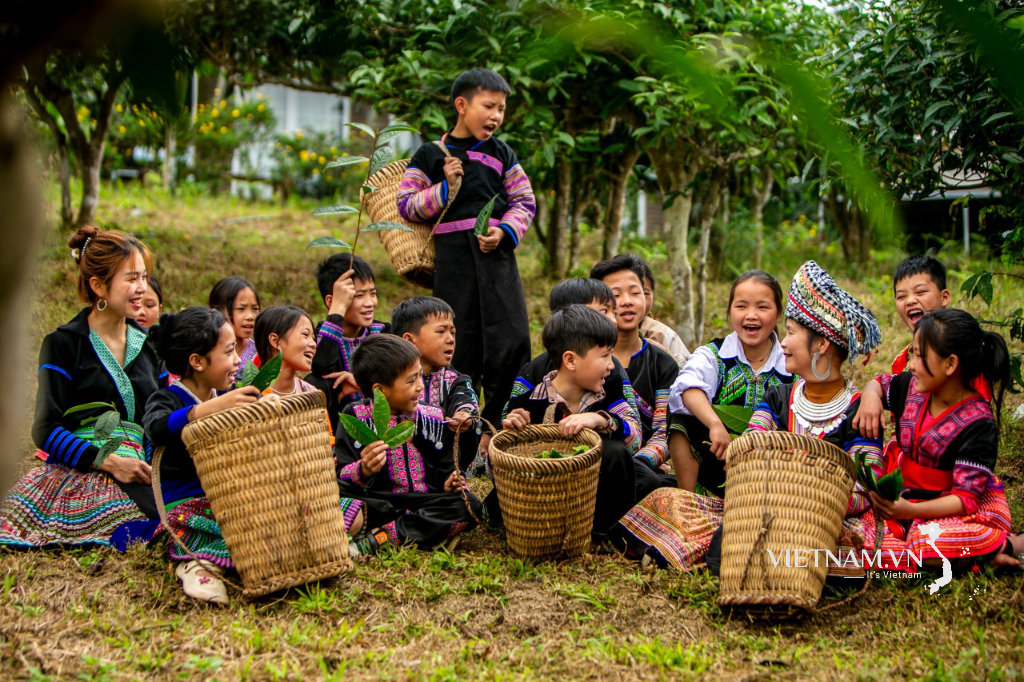
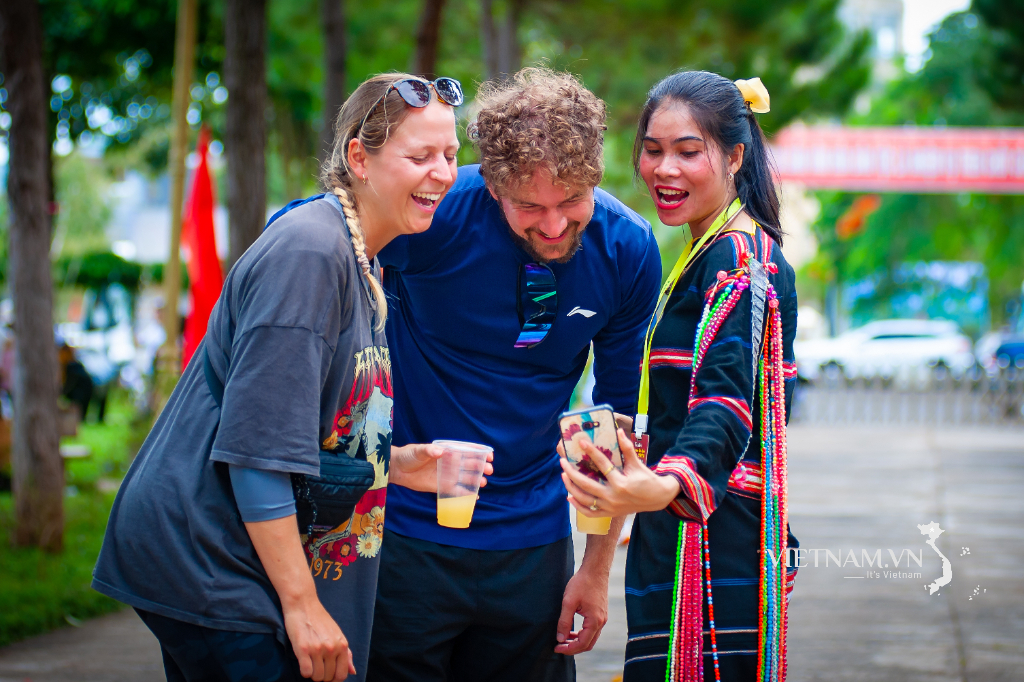
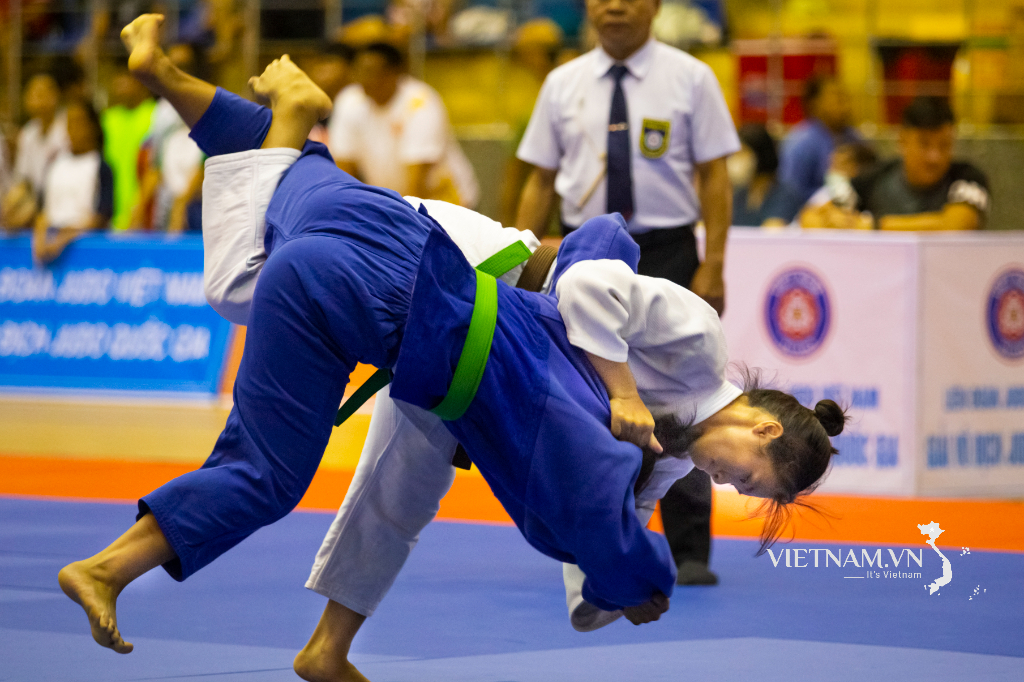
Comment (0)